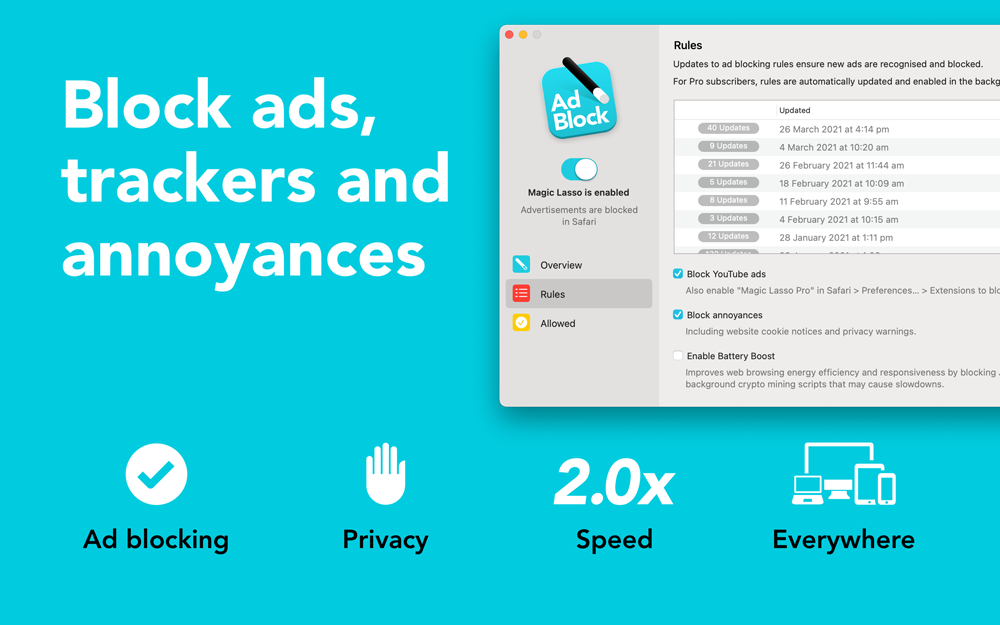Even if you do not believe the results of Geekbench tests are representative of real-world performance, it is clear Apple’s system-on-a-chip lineup has written an extraordinary story for its own products. Its effects are unsurprisingly reminiscent of the switch from PowerPC to Intel — with a twist.
Think back to the mid-2000s: Apple was unable to deliver a PowerBook with a G5 processor because it used too much power and produced too much heat for such a small package. Apple was less than ten years’ removed from imminent bankruptcy and, despite renewed public interest in the company thanks to the iMac and iPod, it still was not selling many Macs. It needed something great to woo customers, and it could deliver way better laptops by using Intel processors. Great performance and great battery life solidified the MacBook Pro as the laptop for creative professionals working from anywhere.
Fifteen years after the first MacBook Pro models, Apple introduced updated versions which featured upgraded variations of its custom chips, dubbed the M1 Pro and M1 Max. Even the base models delivered Geekbench-graded performance comparable to the Intel-powered Mac Pro beast of a tower launched just two years prior. I bought one — a 14-inch model, which has to rank as one of the greatest Macs ever made. It felt refreshing; it felt like a rebirth for the Mac.
Which, when you think about it, is a little strange for a product made by a corporation that has been the world’s most valuable by market capitalization more-or-less consistently for over a decade. Alas, the stability the Intel switch provided the Mac lineup had turned to stagnation in the mid-2010s. Apple was busy making killer A-series chips for its iPhones and iPads; those efforts paid off and gave the Mac a sorely needed kick in the pants.
So what happens when raw power becomes normal, and the highest end products are extraordinarily capable?1 I posed that question after the Mac Studio was announced. Performance is great; it is incredible that my laptop is about as capable as a vastly more expensive tower from just two years prior. But these are tools in service of an end. What new things are possible because we have better equipment? What can we do with these products that would have been implausible or impossible without them?
Some of this miraculous performance is undoubtably going to be wasted thanks to induced demand. Applications do not need to be optimized to nearly the same degree because it is possible to get away with occasional peaks in CPU and RAM usage that would have been unacceptable before. That is not inherently problematic; I, a web designer and developer, appreciate high-speed connections plentiful enough that I no longer having to worry about every kilobyte. But a surplus of computing resources has also meant I need to put up with CPU consumption of 200–400% from the one–two punch of Microsoft OneDrive and Apple’s file provider daemon because efficient file syncing is a task too onerous for the world’s two most valuable corporations.
There are actual gains, though, and ones which can be seen in making day-to-day tasks a little better. Apple highlighted a variety of users in a promo video it showed yesterday, and noted a broad range of use cases in presenting its new M3 lineup: from filmmaking to scientific research to software development to music production. There is much to be said for the versatility of being able to do any of these things from anywhere with the same performance expectations as sitting at your desk.
But the new stuff that is enabled by gains in performance is plausibly answered by Om Malik:
Apple has a substantial opportunity to integrate generative AI into its core platform, mainly because of its chip and hardware-level integration. For example, by actively incorporating open-source generative AI models into their SDK and developer tools, Apple can leverage the evolving nature of the interaction between humans and machines in the digital world. The new M3-based computers thus provide developers with a compelling reason to remain within, or even return to, the Apple ecosystem.
If even Apple’s most consumer focused products can run demanding machine learning tasks locally, it is setting up a unique position for the company. It can create an expectation that everything it makes can run these tools without deferring to the web.
That presupposes quite a lot. Apple has not shown much of its generative work yet; its biggest announcement has been autocorrect in iOS 17 which, to be fair, is really, really good. Whether it is building things which are competitive with the work we have seen from Adobe, Google, Meta, and Microsoft is all rumour and speculation. We have also been down a similar road before: Apple has spent years sullying the iPad with software that has not taken advantage of its enormously capable hardware.
But maybe — maybe — this narrative is an indicator of why Apple wants so much power in all of its products. It is not there merely for its own sake. It is, perhaps, in service of a future which it can — in its specific phrasing — loudly proclaim as something only Apple can do.
